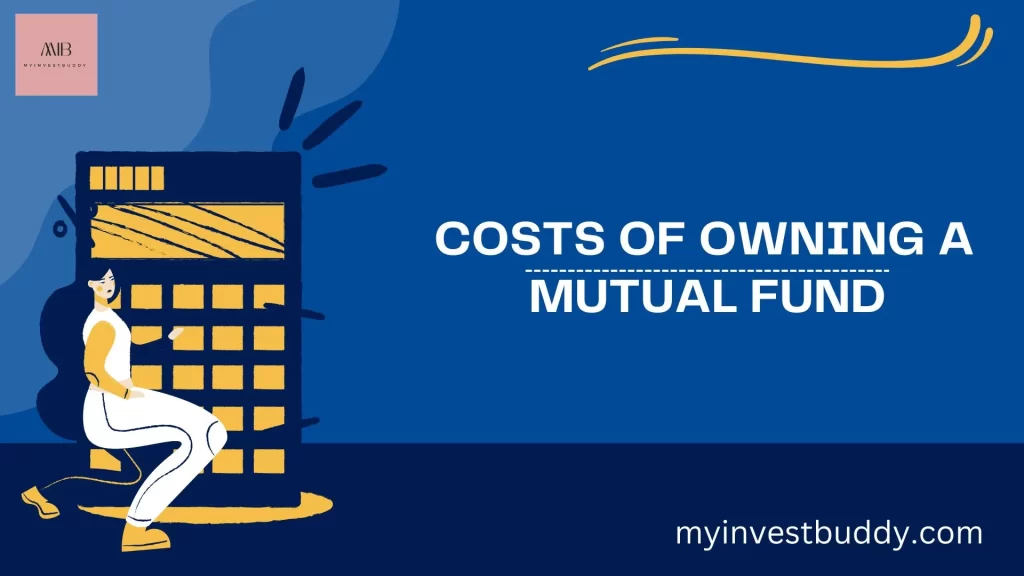Costs of owning a Mutual Fund
While being conscious about the price, the principle does not lead to the conclusion that you should always own the lowest – cost mutual fund. Other things being equal, lower costs mean higher returns.
Thankfully because of the emergence of many online brokerages most of the people now are buying direct funds instead of regular funds, which comes with its own drag of sales load. Since that option is readily available and more and pore people are becoming aware of it, we will skip the sales charges for the scope of this discussion.
But if you are having a fund with a sales load, I want to highlight that fund performance that is shown is usually shown without considering the drag of sales load.
Apart from sales load, There are other category of costs as well, which are:
Expense ratio
Invisible Transaction Costs
Expense Ratio –
It consists of
Investment Advisory Fees – This is also called Management Fee, it is paid to the fund Advisor for managing the portfolio.
Administrative costs – It consists of the costs for managing day-to-day affairs of fund like record keeping, transaction services, etc.
Other Operating Expenses – It includes charges incurred by the fund itself such as taxes, audit fees, director fees, etc.
Combining above three expenses gives the Fund’s Operating Expense. Which is often reported in percentage out of the investment amount or AUM. Larger funds get the benefit of economies of scale thus able to maintain lower expense ratio.
Distribution Fee – It accounts for the costs spent on advertising, marketing and distribution or commissions to the sales representative. This cost will help the fund attract more clients and increase its AUM, which will directly benefit the fund management more than fund investors. But many times, these costs are charged to the investors with the arguments that it will help the fund to grow in asset size and reduce management fees. Sometimes this cost is paid out of adviser’s management fee. Either way, fund investors foot the bill.
Any fund should grow show distribution fees are justified but upto a reasonable extent, more focus should be on performance instead of selling via advertising only. If the performance is good, it will sell organically.)
Invisible Transaction Costs –
This cost is often ignored by investors because of its invisibility. It is the cost that fund incurs in executing its portfolio transactions. Apart from commissions, bid-ask spread, also known as Market Impact, contributes to Transaction cost. Market Impact comes from the fact that buying of a stock tends to push price higher and selling to push price lower. Imagine a Mutual fund buying a stock worth 100 crores, till the fund accumulates the required shares the price has increased because of funds own buying. Transaction costs are difficult if not impossible to calculate with precision; a variety of studies suggests that it contributes to 0.5 to 2% of fund assets per year, with higher costs for funds with higher turnover ratio.
This cost, however invisible, is automatically reflected in the fund’s performance results is no reason to ignore it. The takeaway here is; do not compare funds expenses solely on expense ratio, also consider the transaction charges, which will be the result of portfolio turnover. Both expense ratio and turnover should be low.
Clearly high costs impose a drag on the returns, so costs do matter. You should be aware about the impact of these costs on your investment returns.
So next time you compare funds Expense ratio, also take a look at Portfolio Turnover.
You can see the previous article on how to analyse the mutual fund here.

